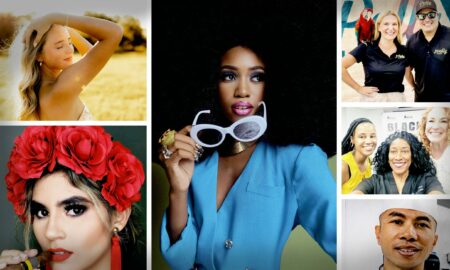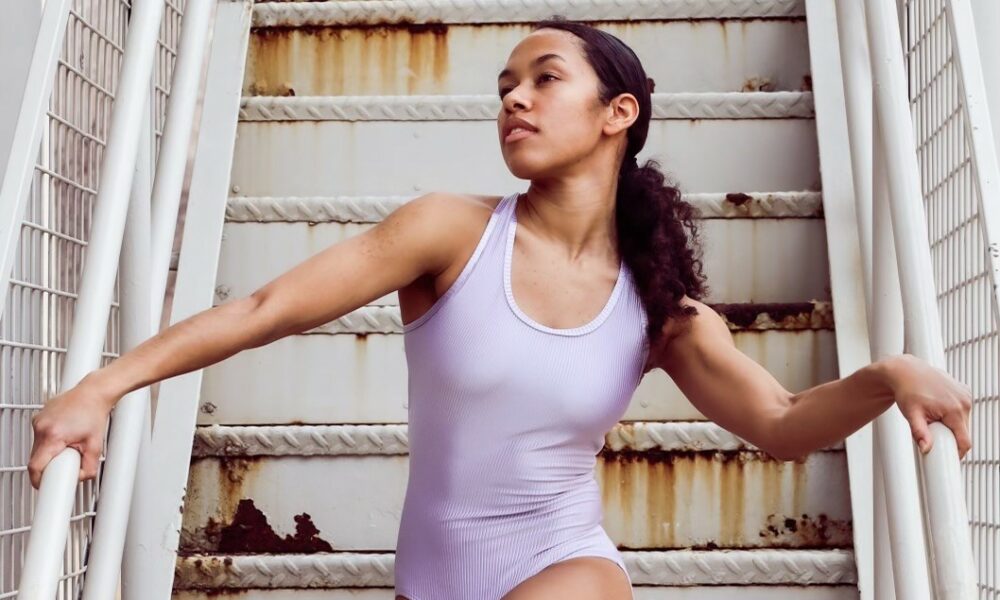

Today we’d like to introduce you to Isabel Wallace-Green.
Isabel, we appreciate you taking the time to share your story with us today. Where does your story begin?
Most of my early childhood memories feature some form of art. With two visual artist parents who encouraged creativity and filled my world with artistic examples, it’s no surprise that appreciating art and culture became my norm from a very young age. Paintings, sculptures, and art books lined our house walls while life beyond featured routine art gallery receptions and dance/theater performances. With an upbringing like this—so immersed in the arts—my career path seems almost inevitable. I first latched on to dance at six years old when I began studying ballet at Houston Ballet Academy. My training at the academy and high school prepared me to later earn a Bachelor’s of Fine Arts in Dance and African/African American Studies at Fordham University/The Ailey School in New York City. Some of my favorite professional performance experiences during this time and following graduation include at New York City Center with Alvin Ailey American Dance Theater, as an ensemble member of the Radio City Christmas Spectacular, touring with New Chamber Ballet, and guesting with Urban Souls Dance Company. After auditioning twice for a captivating company that I first saw perform during my senior year of college, I landed a contract with their second company following the pandemic shutdown. I am now in my second season with Dallas Black Dance Theatre, their main company.
I’m sure you wouldn’t say it’s been obstacle free, but so far would you say the journey has been a fairly smooth road?
Anyone who performs must accept constant spectators as part of our craft. People, whether in the studio or not, are always watching what we create. The critiquing and/or approving eyes of teachers, directors, choreographers, fellow dancers, and audiences are simply realities that we have to live with in this industry. And while I love to perform and communicate feelings to these audiences through movement, giving attention to their varied responses can at times affect my confidence and self-perception. For this reason, I attribute some of my greatest struggles in this field to my internalization of external critical perspectives. While these spectators rightfully have individual opinions, my challenge has been altering how much I let those outside eyes affect my thoughts of myself. This challenge is heightened by the fact that my career involves me scrutinizing and correcting the dancer I see in the mirror every day.
For dancers, our art and our bodies are one and the same. I sometimes have difficulty separating my work from myself because my body is both the vessel with which I create and the vessel with which I live. As I continue to grow and evolve as an artist, and my body does the same, I must continually re-root myself and resist negative voices in my head that arise in response to constantly being watched. Most importantly, I have to remind myself that these internal voices do not encompass the full reality. Just as a teacher may be harsh towards a student because the teacher genuinely sees potential in that student and is attempting to help the student unlock it, I must understand that critical directors, teachers, or choreographers, do not usually target dancers on a personal level, but share honest thoughts and critiques for the betterment of the art we create.
Alright, so let’s switch gears a bit and talk business. What should we know about your work?
I am a dancer and performer who trained primarily in the codified techniques of Ballet and Horton. However, I have always been drawn to dance that spreads joy, which expands my passions to include Jazz and Musical Theater styles among others. Put simply, I find fulfillment in exploring a variety of styles and the ways in which these styles connect to audiences. In addition to performing, I am also a teacher and have recently discovered a growing affinity for dance education. As I cultivate my own teaching style and learn which approaches work best for various students, I draw upon my own dance training experiences and reflect on how we can promote healthier learning environments for our young, eager artists today.
Can you talk to us a bit about the role of luck?
So much of the performing arts industry is rooted in timing: being in the right place at the right time. Booking a job or getting cast in a role often depends on this formula. After all, I’ve had my handful of lucky experiences that I attribute to the stars aligning in my favor. However, dancers must be ready to meet that luck with adequate preparation. I’ve been in situations where casting changes were made suddenly and shortly before performances in which I would now dance roles that I was not originally intending to. While luck is certainly on my side in these scenarios by presenting me with new opportunities, I now must rely on my previous work ethic and prior preparation in order to successfully navigate this moment. It is ultimately the work we put in before luck arrives that sets us up to take full advantage of chance opportunities. With that, I believe bad luck plays an essential role in our journeys too. My unlucky streaks feature two severe knee injuries that required 18 months of recovery time in total. While bad luck is never easy to endure, especially when it appears to hinder the trajectory of our growth, I’ve found that once I sustain the unlucky event, I can usually pinpoint at least one positive outcome that signals growth from the situation. During my injury rehabilitation period, I was able to learn how to effectively take care of my body and poured myself into other interests such as taking classes to fulfill requirements for my second major in African/African American Studies. Being several years removed from the incident, I now frequently reflect on the necessity of that experience because it prepared me for what came later: maintaining my body during high-performance seasons and collaborating with organizations to explore social justice through dance.
Contact Info:
- Website: www.isabelwallacegreen.com
- Instagram: https://www.instagram.com/izwalgreens/
- Facebook: https://www.facebook.com/isabel.wallacegreen/
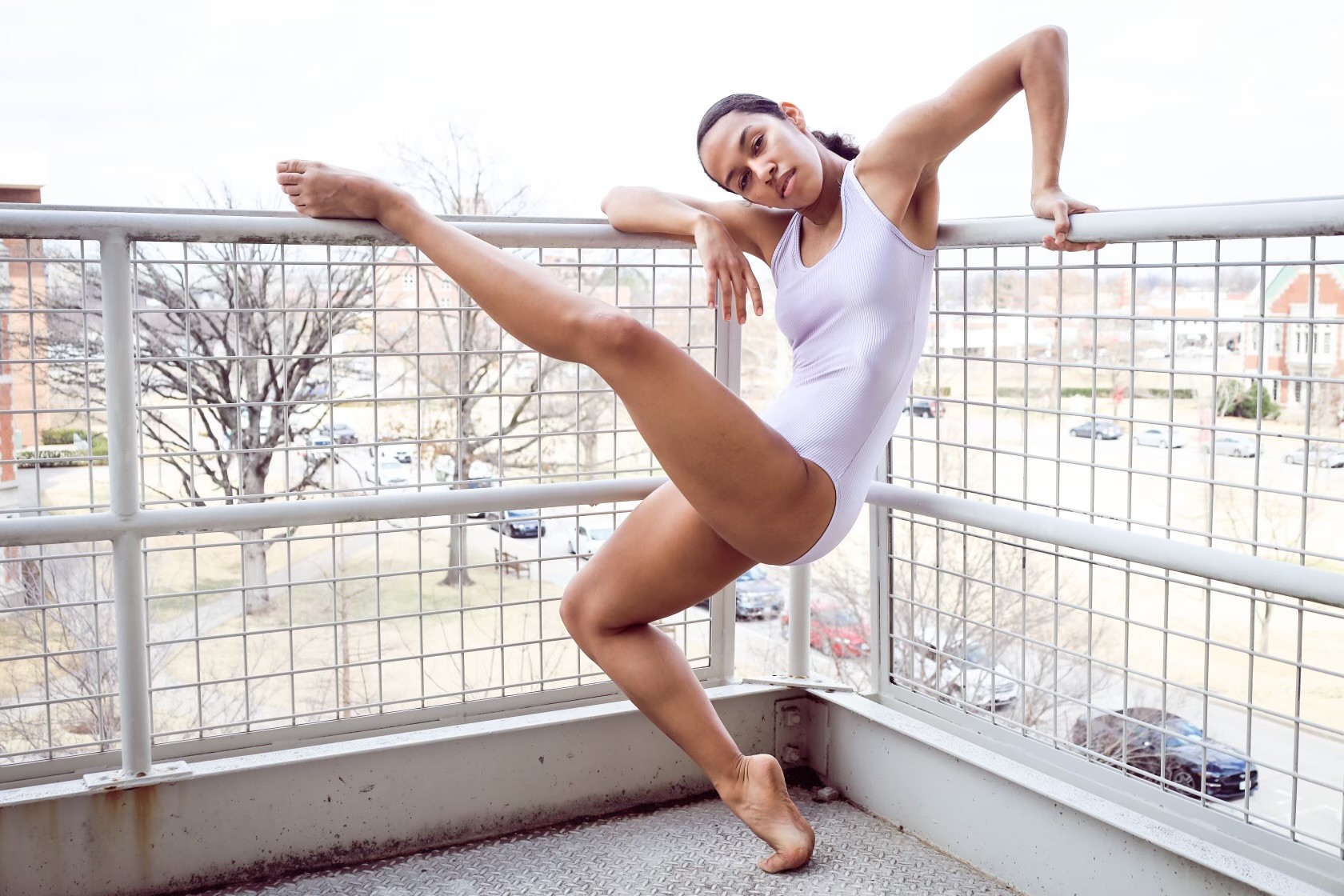
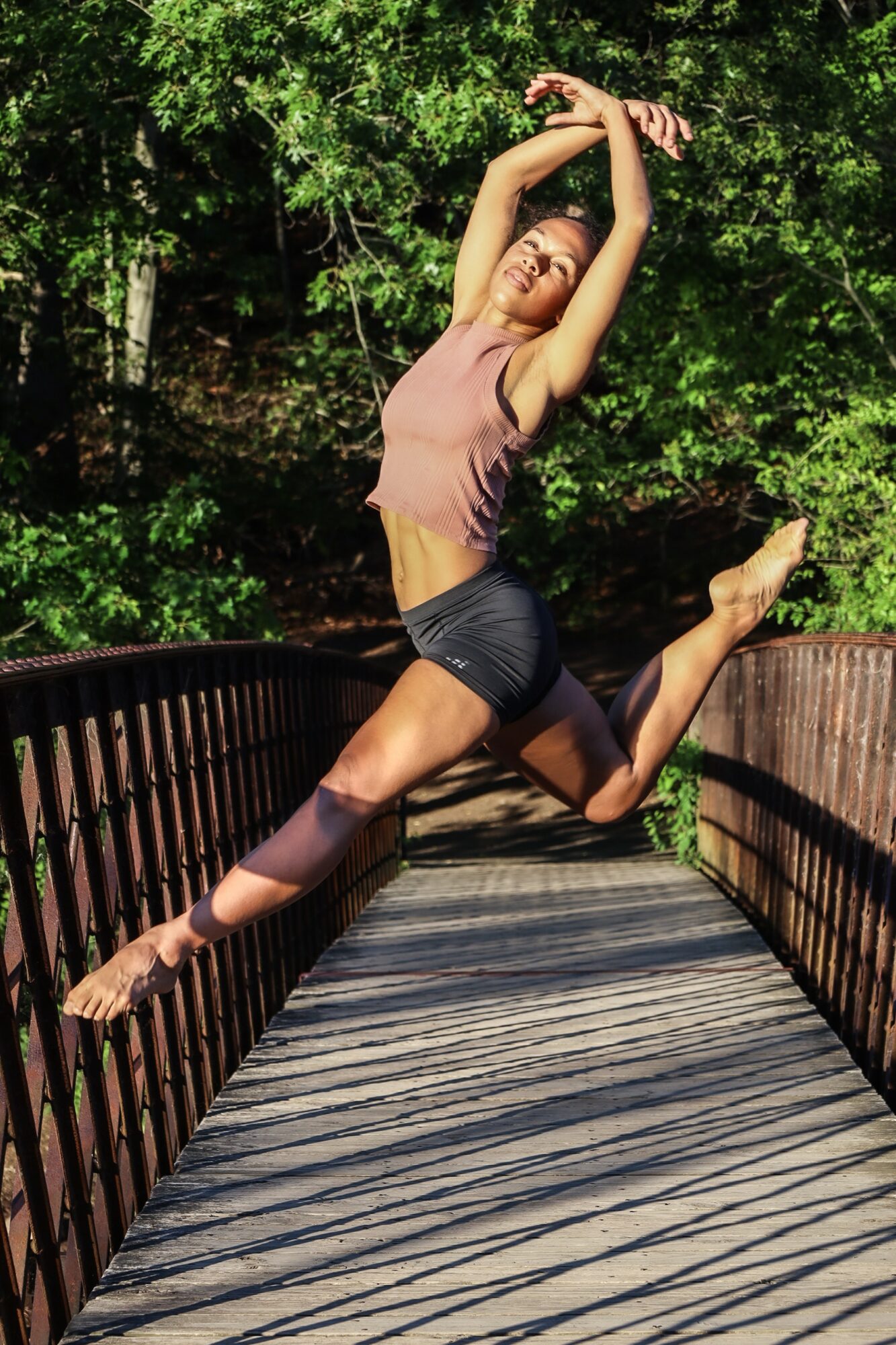
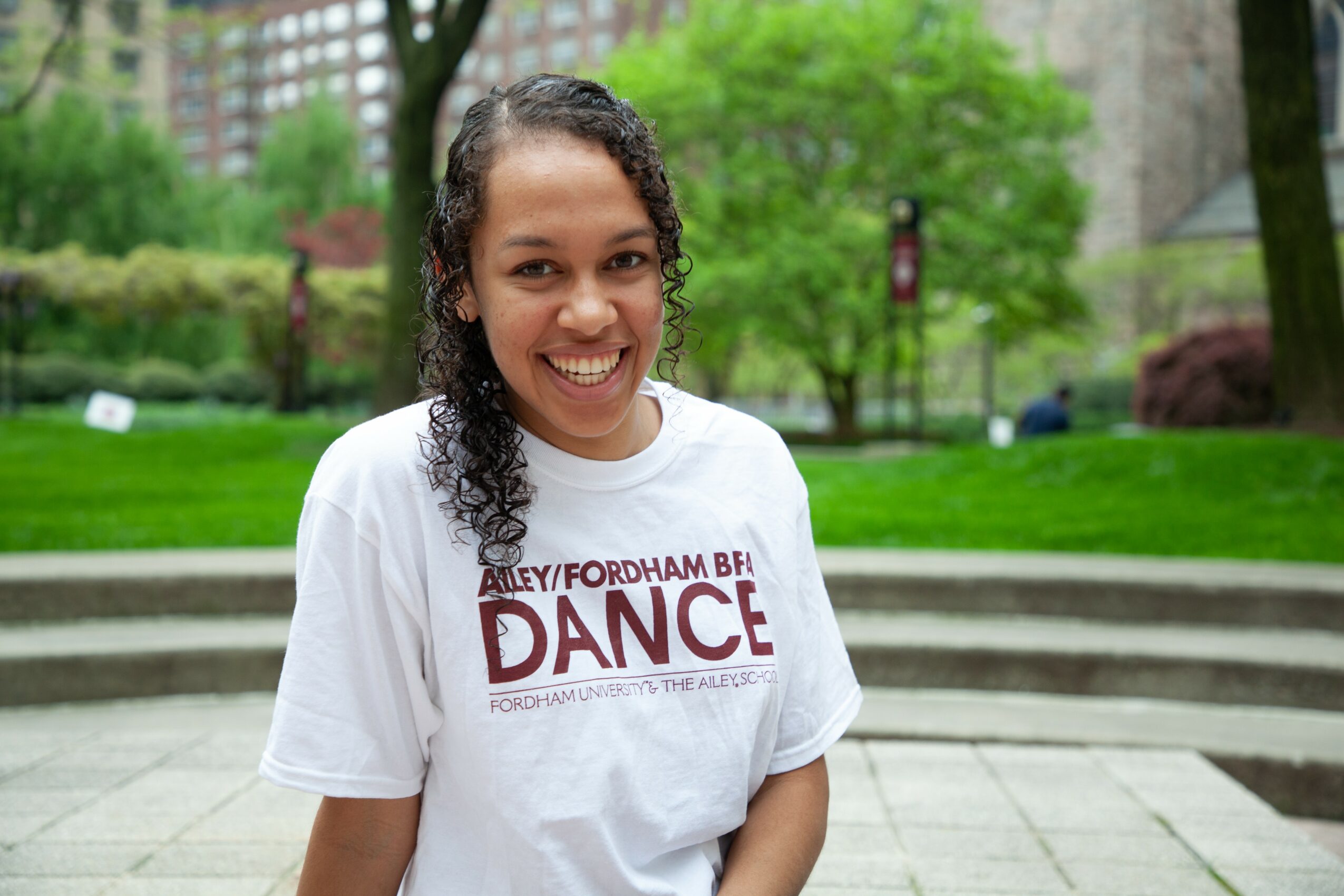
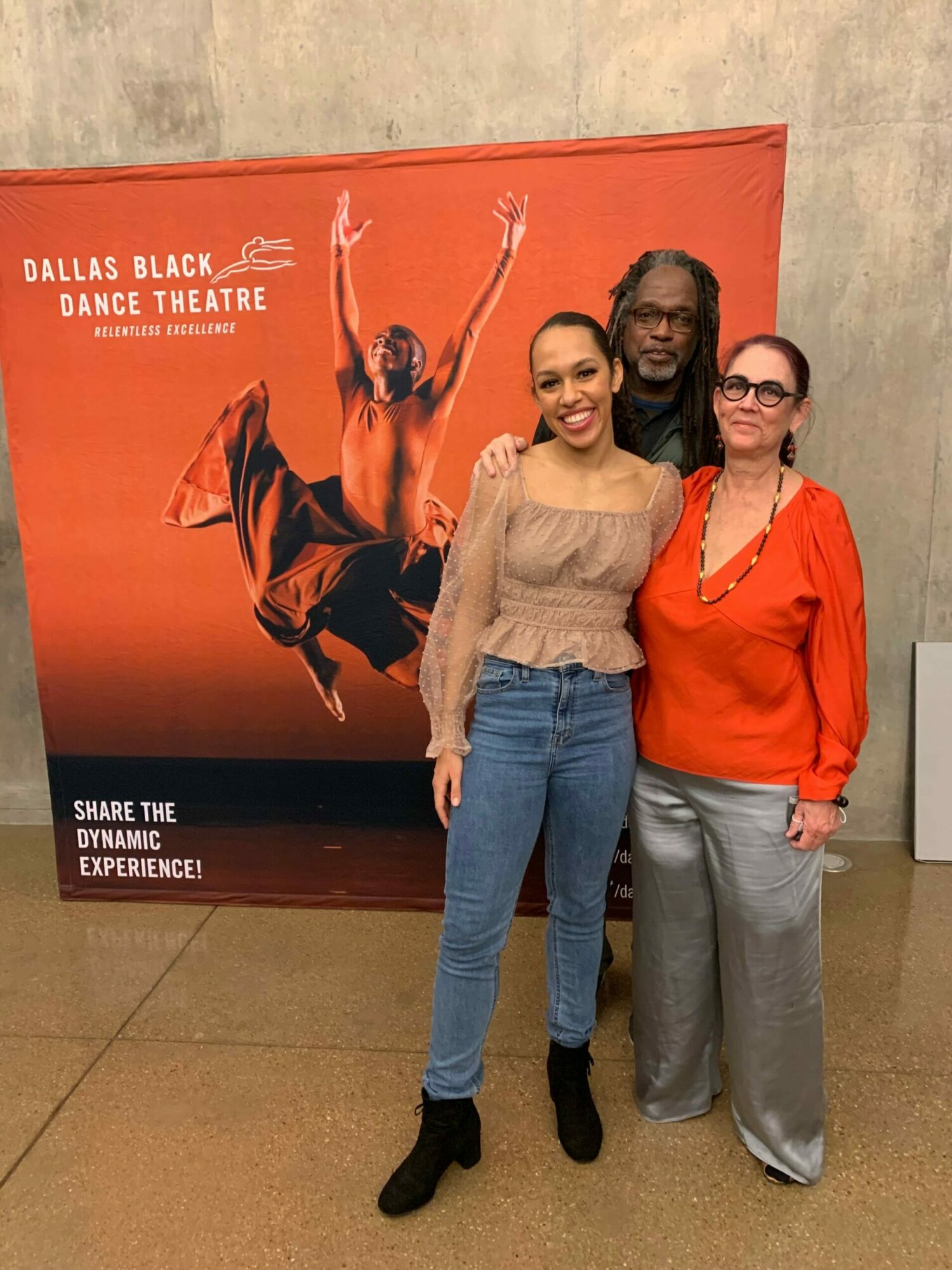
Image Credits
Xavier Mack
Sarah Takash

